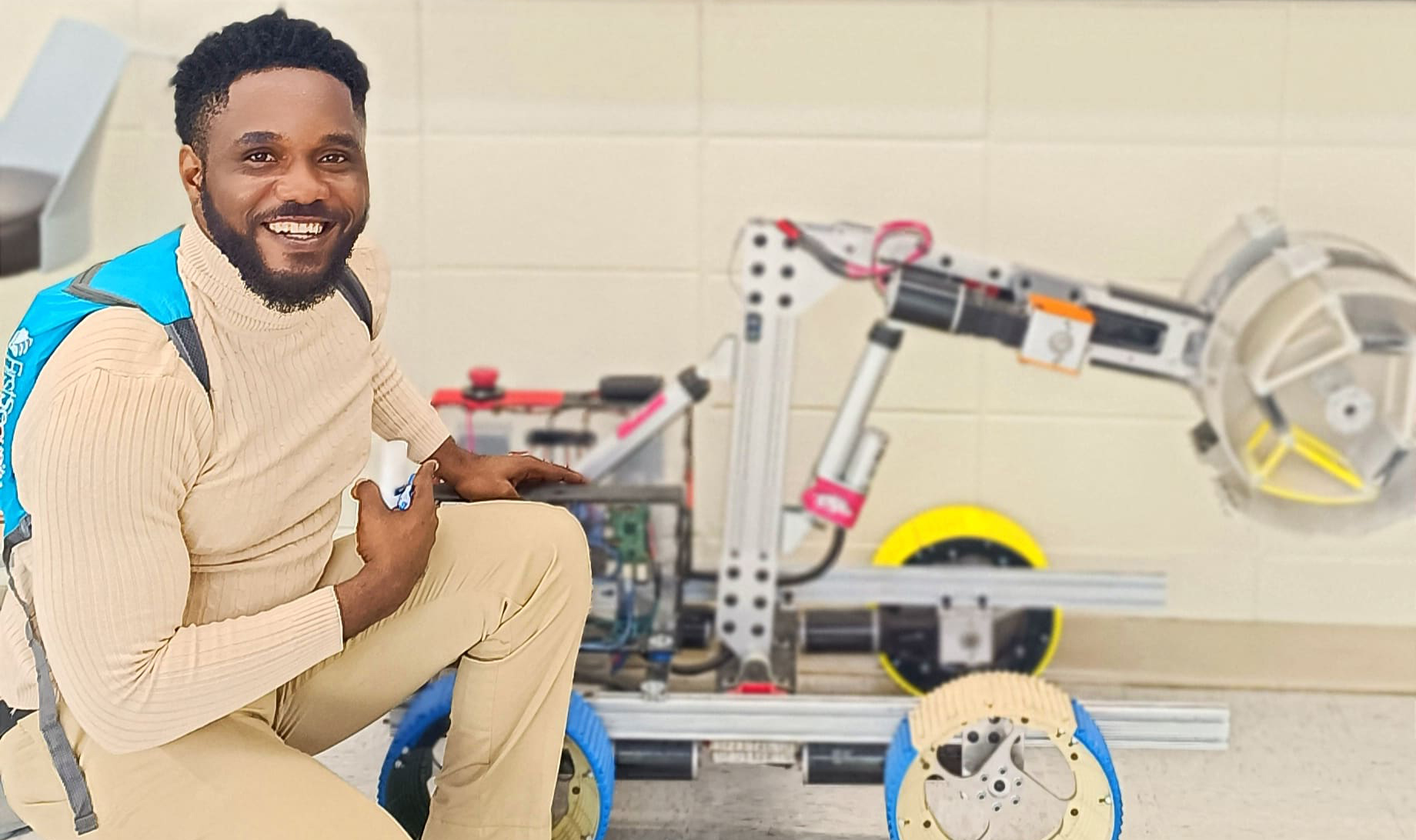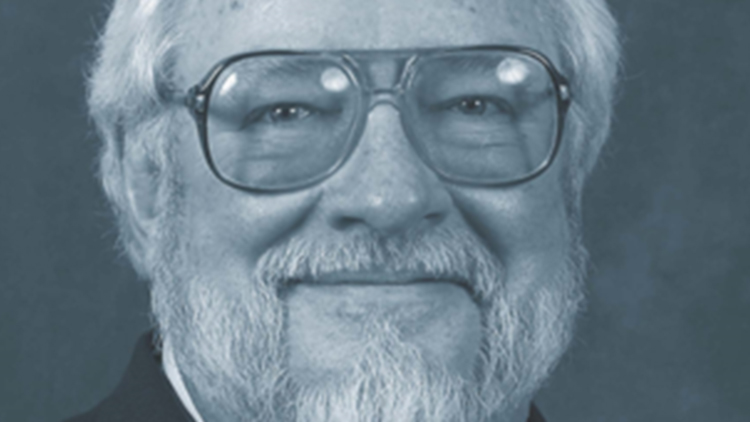This document provides an expanded and detailed explanation of Professor Rajiv Sabherwal’s discussion on Stephen Barley’s (1990) research methods. Barley’s study examines how technology changes work, particularly in hospital radiology departments. To study these changes, he used three primary research approaches: synchronic, diachronic, and parallel analysis. These approaches help researchers understand different aspects of organizational change, whether by capturing a moment in time, tracking developments over a period, or comparing multiple entities. This document explains each approach, how they relate to cross-sectional and longitudinal studies, and why they are useful in qualitative research.
1. Three Ways to Study Organizational Change
Barley used three approaches to study how hospitals adapted to new radiology technologies:
- Synchronic Analysis: Examining different technologies or processes within a single hospital at the same time.
- Diachronic Analysis: Observing how one hospital evolves over time as it adopts new technology.
- Parallel Analysis: Comparing multiple hospitals either at one moment in time or over an extended period.
These approaches align with traditional research methods such as cross-sectional and longitudinal studies. Understanding how they interact provides a structured way to examine technological and organizational change.
2. Synchronic vs. Parallel: Both Provide Snapshots, But They Differ
Synchronic Analysis: A Moment in Time Within One Hospital
- Synchronic analysis is akin to taking a photograph of an organization at a single point in time.
- Example: Comparing how X-ray and CT scan technologies are used in a single hospital at the same time.
- This helps researchers understand how different tools and practices influence work roles and organizational structures simultaneously.
Parallel Analysis: A Moment in Time Across Multiple Hospitals
- Parallel analysis also takes a snapshot, but instead of focusing on one hospital, it compares multiple hospitals at the same time.
- Example: Comparing how two or more hospitals implement CT scans simultaneously.
- Key Differences Between Synchronic and Parallel:
- Synchronic = One hospital at a time.
- Parallel = Multiple hospitals at the same time.
Professor’s Key Insight: Parallel Analysis Can Extend Over Time
- Barley initially describes parallel analysis as cross-sectional, meaning it captures a single moment.
- However, Professor Sabherwal highlights that if researchers track multiple hospitals over time, parallel analysis becomes longitudinal.
- Barley’s study actually does this—so his parallel analysis includes both cross-sectional and longitudinal elements.
3. Diachronic vs. Longitudinal: Studying Change Over Time
Diachronic Analysis: Capturing the Evolution of a Process
- Diachronic analysis follows how a single hospital adapts over time.
- It is like a time-lapse video, allowing researchers to track gradual changes.
- Example: Observing how radiologists adjust to using CT scans over five years.
Longitudinal Analysis: Tracking Data Over Time Without Necessarily Explaining Change
- Longitudinal studies involve collecting data at multiple time points.
- Unlike diachronic analysis, longitudinal studies do not always explain how or why things change.
- Example: Tracking the number of radiologists using CT scans annually for ten years.
Professor’s Clarification: Diachronic vs. Longitudinal
- Both diachronic and longitudinal involve studying data over time.
- Diachronic analysis explains changes over time, while longitudinal studies may simply record repeated measurements without interpretation.
4. Summary of These Research Methods
| Research Type | What It Does | Snapshot or Over Time? |
|---|---|---|
| Synchronic | Compares different processes within one hospital at one time | 📸 Snapshot (Cross-Sectional) |
| Parallel | Compares multiple hospitals at one time | 📸 Snapshot (Cross-Sectional), but can be longitudinal if tracked over time |
| Diachronic | Observes one hospital changing over time | ⏳ Longitudinal (Evolutionary Process) |
| Longitudinal | Collects repeated data over multiple time points | 📊 Longitudinal (Data Tracking) |
5. Key Takeaways from Professor Sabherwal
- Synchronic and Parallel Are Snapshots
- Synchronic focuses on a single hospital.
- Parallel compares multiple hospitals.
- Diachronic and Longitudinal Involve Studying Over Time
- Diachronic tracks an evolving process.
- Longitudinal collects repeated data, but may not explain how change happens.
- Parallel Analysis Can Be Longitudinal
- Barley describes parallel analysis as cross-sectional, but if researchers track multiple hospitals over time, it becomes longitudinal.
6. Example to Illustrate These Concepts
Imagine studying AI adoption in hospitals:
- Synchronic: Compare old vs. new AI systems in one hospital at one time.
- Parallel: Compare AI adoption in multiple hospitals at one time.
- Diachronic: Track one hospital’s AI adoption process over five years.
- Longitudinal: Track AI usage rates in hospitals annually for a decade.
7. Conclusion: Choosing the Right Research Approach
Professor Sabherwal’s discussion clarifies how Barley’s research framework helps researchers choose the appropriate method based on their research goals. The key insight is that parallel analysis can be either cross-sectional or longitudinal, depending on whether the study tracks changes over time. While synchronic and parallel focus on snapshots, diachronic and longitudinal methods track changes over time, with diachronic specifically explaining how things evolve.
By understanding these distinctions, researchers can make informed choices about whether they want to capture a moment in time, track a process, or compare multiple entities over a period. Expanding research through these methods ensures a structured and comprehensive analysis of technological and organizational changes.










Leave a Reply